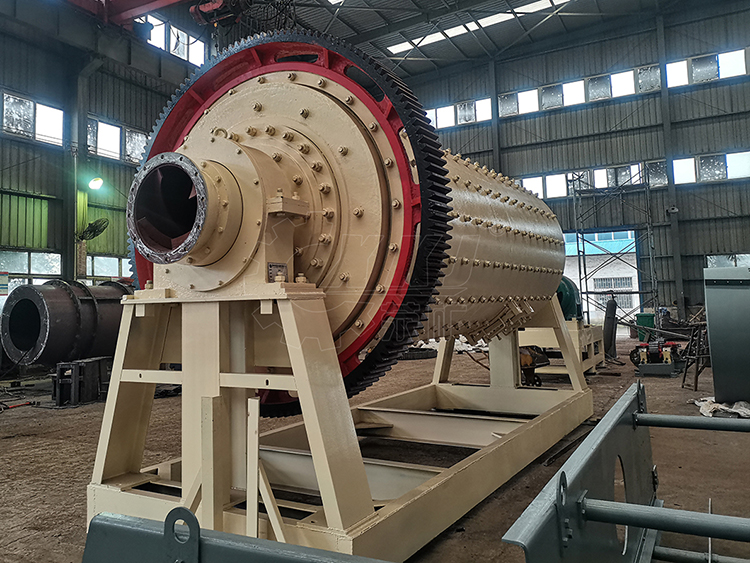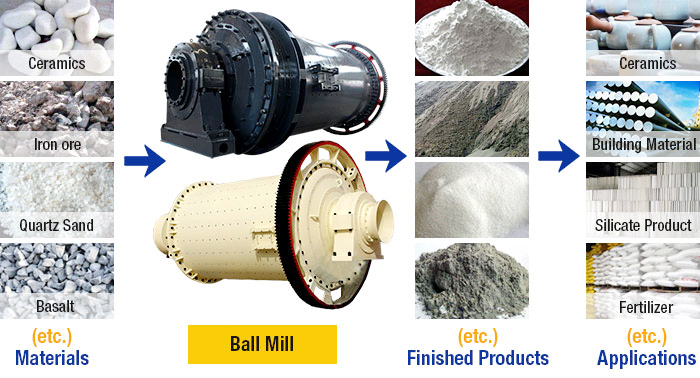Industry news
Analyze which factors will affect the powder production of the ball mill?
1. Inappropriate length to diameter ratio of each warehouse
An unreasonable proportion will cause an imbalance in the ability of coarse and fine grinding, resulting in the phenomenon of the fineness of the ground product being too coarse or too fine, which will affect the output of the grinding.

2. The particle size of the incoming material is relatively large
If the particle size of the material is large, the impact and grinding effects of the grinding body are difficult to adapt to, and the ball mill is forced to load more steel balls in one compartment to enhance the ability to impact the grinding body material. One warehouse bears the crushing function, resulting in an unreasonable crushing process. The functional utilization rate of the crusher is high. Increasing the grinding head for crushing and reducing the incoming particle size can reduce energy consumption and increase production.
3. Poor ventilation inside the mill
Strengthening ventilation can timely discharge fine powder from the mill, reduce overgrinding phenomenon, and thus improve grinding efficiency. Strengthening ventilation can timely eliminate water vapor inside the mill, reduce the adhesion of fine powder, prevent blockage of paste balls and grate plate holes, and ensure the normal operation of the ball mill.
4. Excessive moisture in the incoming grinding material
When the moisture content of the material is high, the grinding body and lining plate will be adhered to form a buffer pad, and at the same time, it will block the grate plate, causing full grinding. But the lower the moisture content during grinding, the better, and it should be maintained within a certain range.
5. The grading of the grinding material is unreasonable
In order to meet the requirements of impact and grinding effects of materials with different particle sizes, increase the impact and grinding opportunities of the grinding body on the materials, and improve the grinding efficiency, it is necessary to have a reasonable grading of the grinding body. Its range is generally between 25% and 35%, with a majority of 28% to 32%. When the material has poor grindability or requires finer fineness during grinding, the filling rate of the first bin should be lower, preferably not higher than 28%.

6. The influence of material temperature on the grinding process
When the temperature is too high, it will cause a decrease in grinding efficiency. To reduce the temperature of cement inside the mill, a small amount of misty water can be sprayed into the grinding bin, and small mills can adopt the method of spraying water on the grinding body.
7. The impact of grinding process flow
The output of a ball mill of the same specification is 15-20% higher in the closed circuit process than in the open circuit process; Choosing the appropriate powder selection efficiency and circulating load rate during closed-loop operation is an important factor in improving the output of the mill.
8. Fineness requirements for grinding materials
The finer the fineness requirement of the grinding material, the lower the yield; conversely, the higher the yield.
Categories
News
Contact Us
Contact: XKJ GROUP
Phone: 0086 138 3714 0277
Tel: 0371-65751333
E-mail: sales01@xkjgroup.com
Add: Xing yang city, Zheng zhou city, Henan province, China